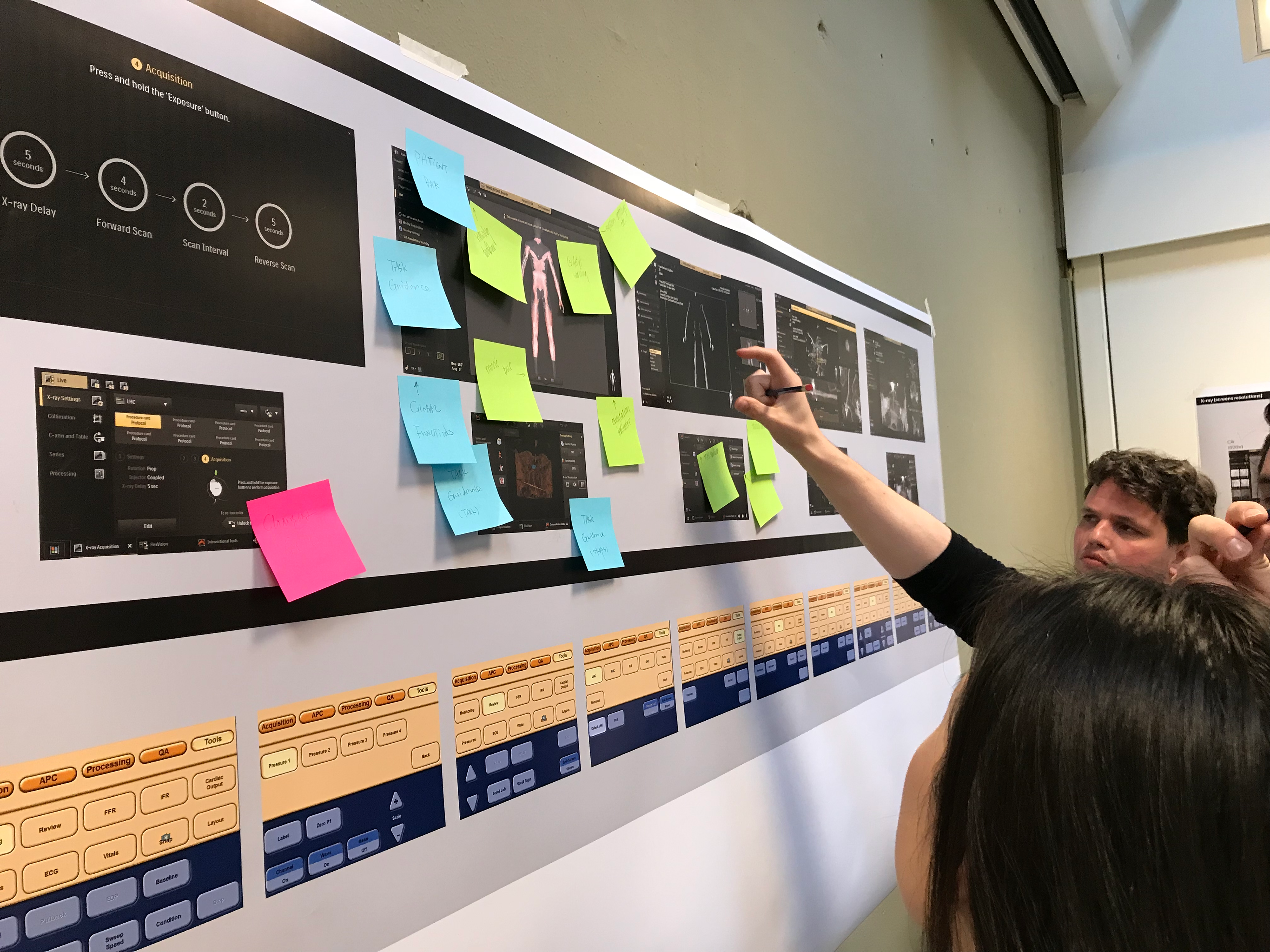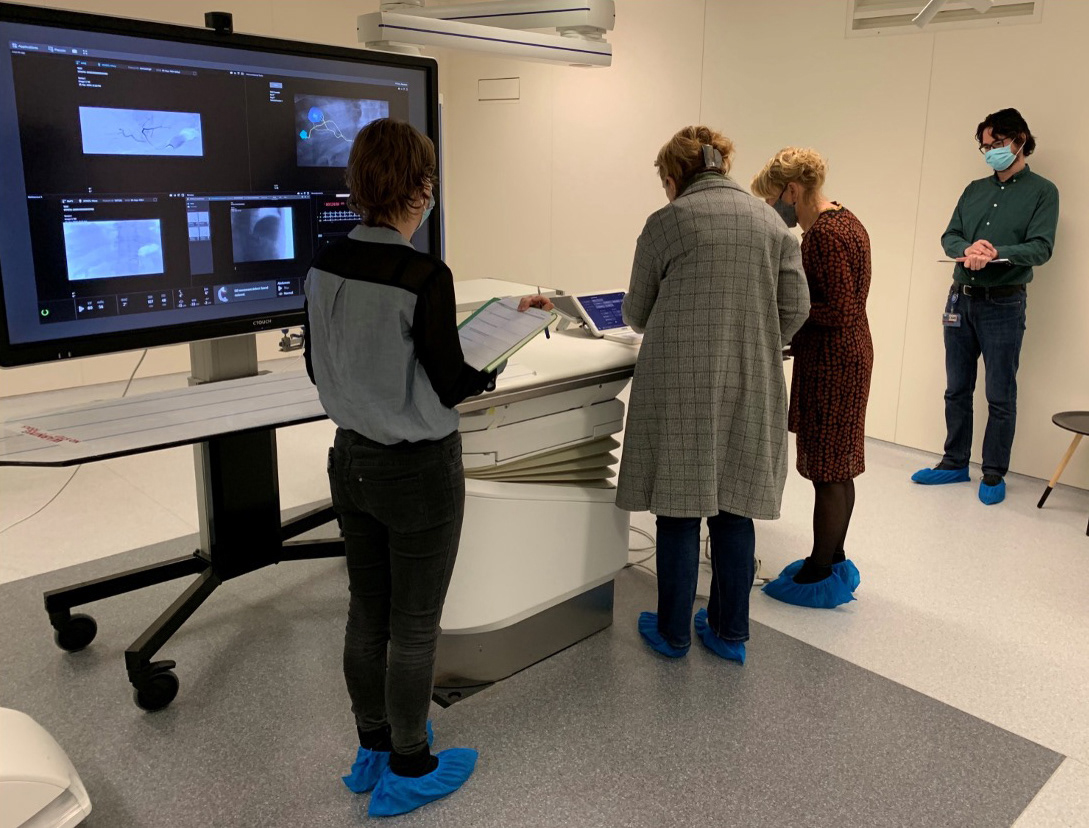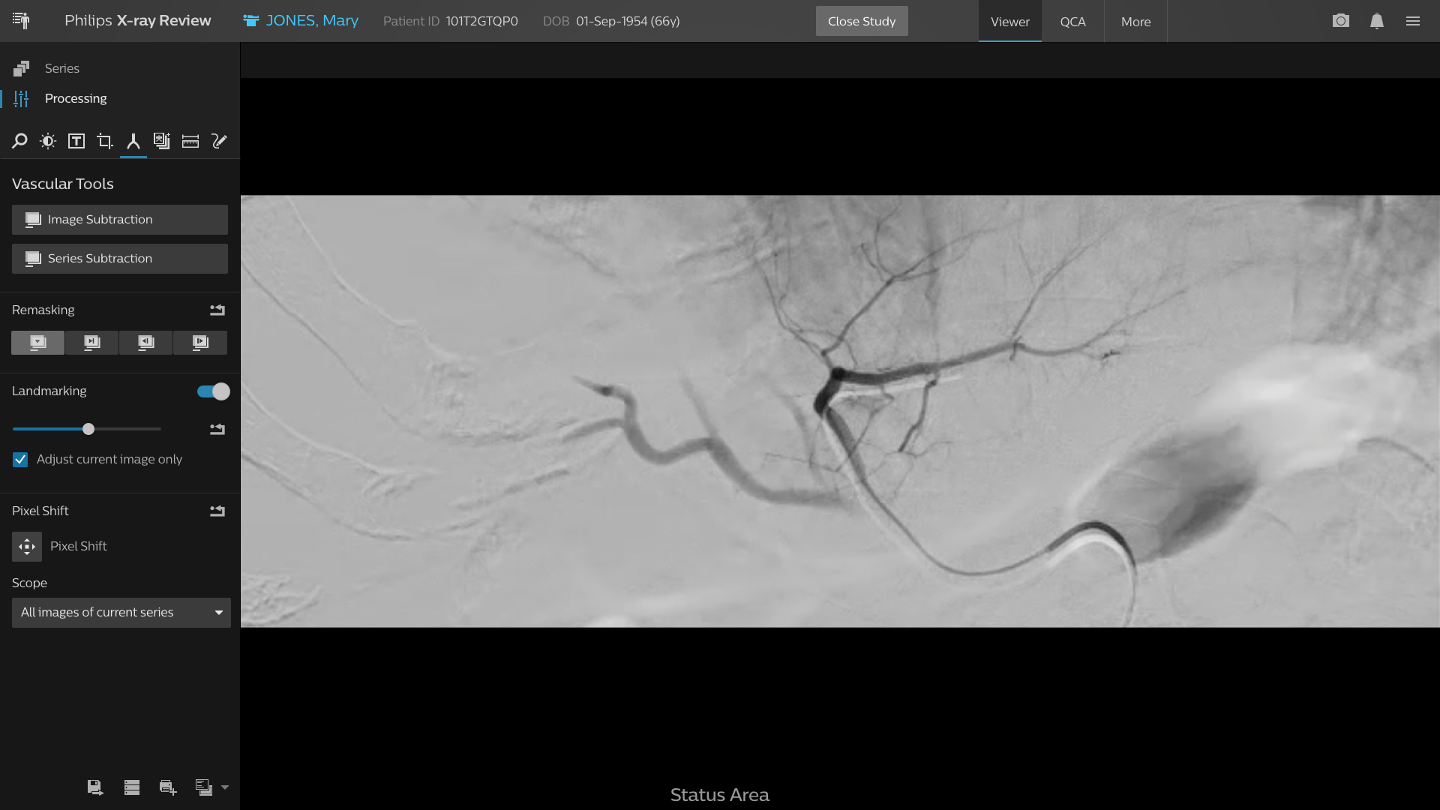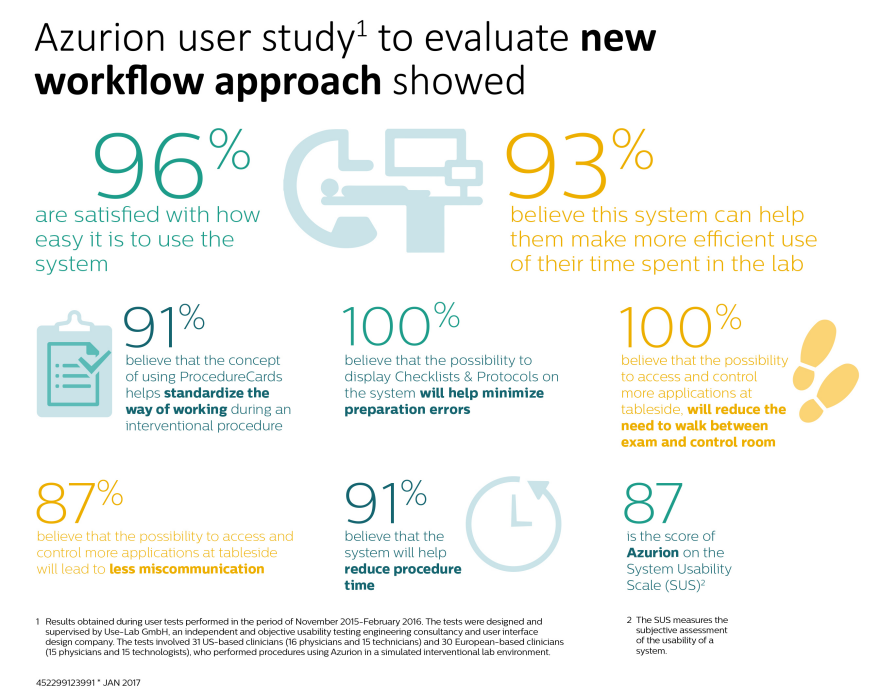Over the course of seven years at Philips Design, I had the opportunity to contribute to the development of Azurion, a cutting-edge platform for image-guided therapies. My role focused on designing and refining user workflows and shaping the user experience of key functionalities. Collaborating closely with multidisciplinary teams, I helped translate complex clinical needs into intuitive and effective design solutions that support healthcare professionals in delivering better patient outcomes.
The videos included here are a curated selection designed to highlight some of my specific contributions to the design and development of Azurion. Each video showcases particular features and workflows where I played a key role in shaping the User Experience and UI design, collaborating closely with clinical specialists and development teams to ensure the solutions were both intuitive and clinically relevant.
A new approach to user interfaces for imaging systems that allows to easily and confidently perform procedures, helping users to optimize their lab performance and provide superior care.
Information stands out from the distinctive black background and highlights help users to easily locate active applications. The system controls backlit icons and distinctly shaped buttons aid in identification.
Includes new experience design features to further improve the quality and efficiency of interventional procedures. The new workflow approach aims to improve several aspects of the workflow.
Awards: Red Dot, iF Design, Good Design, dmi: Design Value, Core77 Design.
The next level in GUIs for MedTech
The Philips Healthcare Experience Identity is a design system that delivers graphical user interfaces for hospital equipment that are approachable, functional, and expressive. Its core principle is simplicity: removing unnecessary elements so that the essential information stands out.
For applications focused on clinical imaging, a dark theme is used to reduce eye strain and provide visual comfort. This approach ensures a smooth transition between dark clinical images and surrounding interface elements, creating a cohesive and seamless user experience.
Shaped through Human-Centered Design
Human-Centered Design is an approach that focuses on defining and solving problems from the perspective of the people who will rely on the solution. Rather than starting with technology or business constraints, it begins by understanding the needs, behaviors, and challenges of the end users.
The primary goal is to design products that support people in performing their everyday tasks effectively and intuitively. This means prioritizing usability, clarity, and accessibility at every stage of the design process.




ProcedureCards set-up
The system uses a range of ProcedureCards to help optimize and standardize system set-up for all clinical cases, from routine to advanced procedures. The system will automatically select the appropriate ProcedureCard based on the code of the scheduled procedure. ProcedureCards can increase the consistency of exams by offering presets (e.g. most-frequently used, default protocols and user-specified settings) on procedure, physician or departmental level.
Parallel Working in the Control Room
Azurion has been designed to save time by enabling the interventional team to work on all activities in the exam room and control room at the same time, without interrupting each other. As an example, while fluoroscopy/exposure is taking place, a technologist in the control room can instantly review previous images from the same patient, prepare an exam for the next patient or finish reporting on another patient. This can lead to higher throughput and faster exam turnover.
FlexVision screen in the Exam Room
Full control at table side to interact with FlexVision Pro, it can be intuitively controlled all connected applications in the interventional lab via seamless mouse over to streamline your workflow.
These applications can include multimodality data and interventional tools. Allowing interventional team members to operate all relevant applications from the sterile environment can help decrease the need to move in and out of the sterile area during the procedure.
Touch Screen Module applications
The Touch Screen Module (TSM) has become a commonplace in Azurion healthcare settings, leading to rapid growth in the development of medical software applications. Numerous applications are now available to assist users with many important tasks for clinical decision-making.
The TSM provide many benefits for HCPs, perhaps most significantly increased access to point-of-care tools, which has been shown to support better clinical decision-making and improved patient outcomes.
Two-point measurements on touch screen
Users can quickly measure a distance on a 2D image with the two-point measurement on the touch screen. This can help to quickly check the trajectory to a target vessel, measure distances for stent deployment, measure the size of a device and anatomy or identify a discrepancy to speed up planning of the optimal treatment angle and aid navigation.
System positioning with APC
Full system Automatic Position Control (APC) allows to recall the stored position for a particular image or previous position to simplify positioning. Users can recall a stored position for the table alone and for the table’s isocenter-related position.
Exploring the Future of Azurion
The Philips dDLS Design System—short for dynamic Design Language System—is part of Philips' initiative to unify user experiences across its healthcare and consumer products. For the next-generation Azurion platform, dDLS was used to explore and test new design directions, including modular UI concepts and personalized workflows.
While not developed into the final product, these early prototypes helped align teams, validate ideas, and lay the foundation for future innovations in image-guided therapy.

Live View - Control Room

Review - Control Room

Touch Screen

Touch Screen
Design impact and results
The new X-ray digital application is designed with flexibility in the way of working and ease of learning in mind. The design family features applications optimized for desktop usage, viewing, and operation by a touchscreen module.
All the designs share the same user interface blueprint to make it easy to transition from one type of application to the next. The applications are designed to be equally capable without compromising on ease of use.
The high-level workflow (schedule, preparation, acquisition, review, report and archive) was an inspiration for the main navigation experience and became an identity carrier for Philips design in hospitals.
The UI innovations for Azurion, in addition to be widely appreciated by the clinical specialists who used them on a regular basis, were also acknowledged by the design community with several awards.
